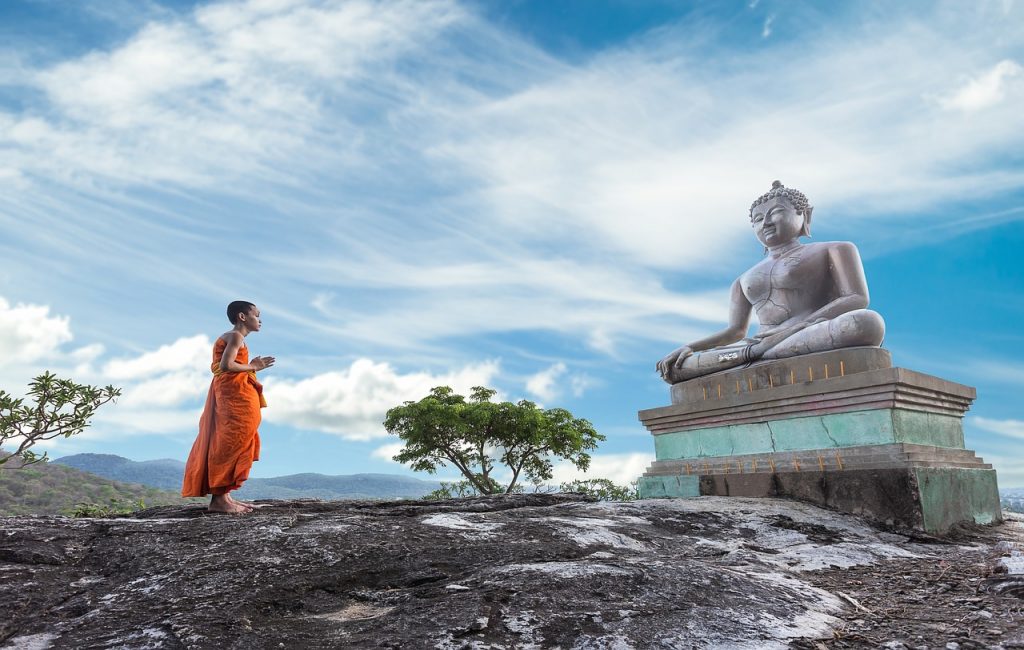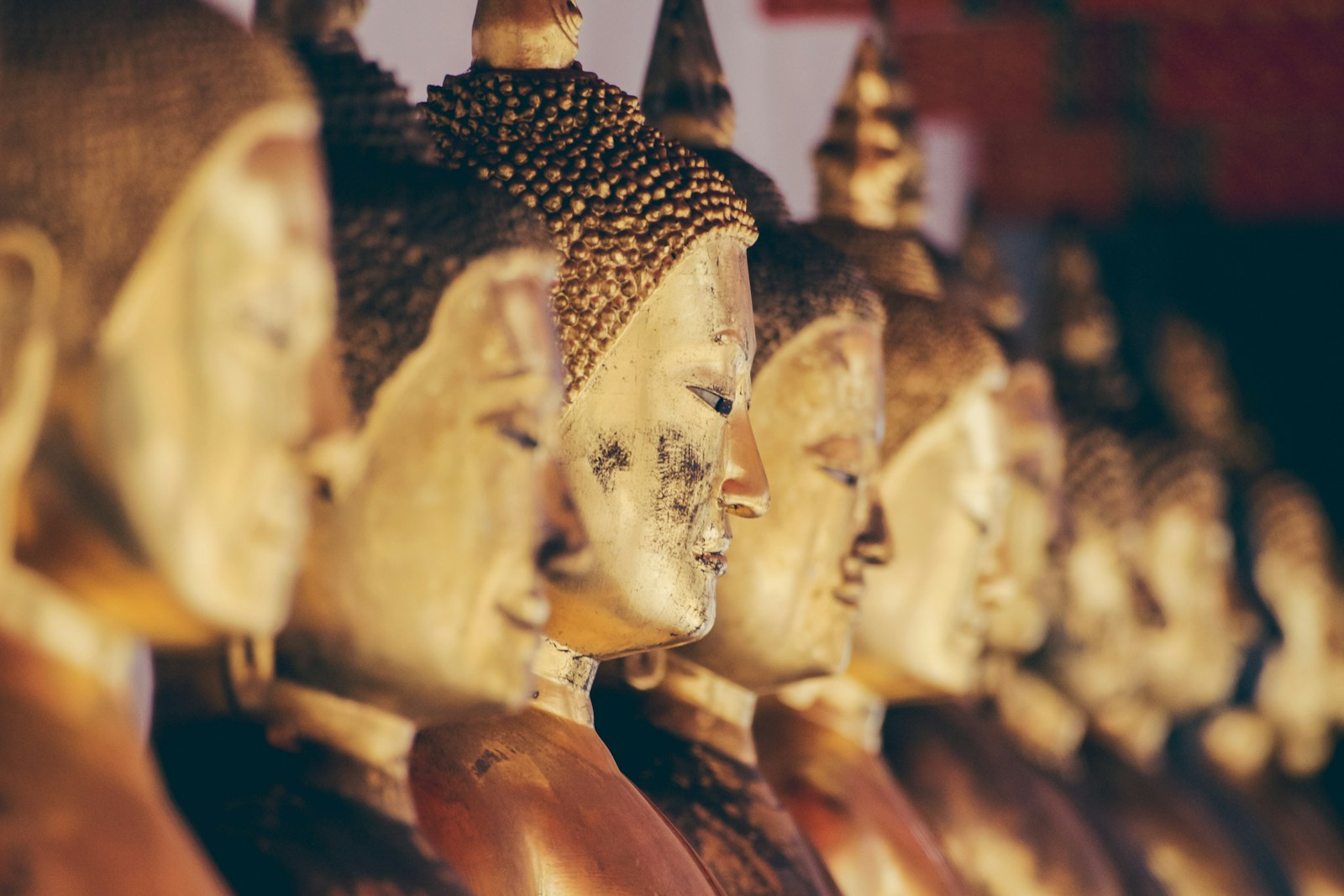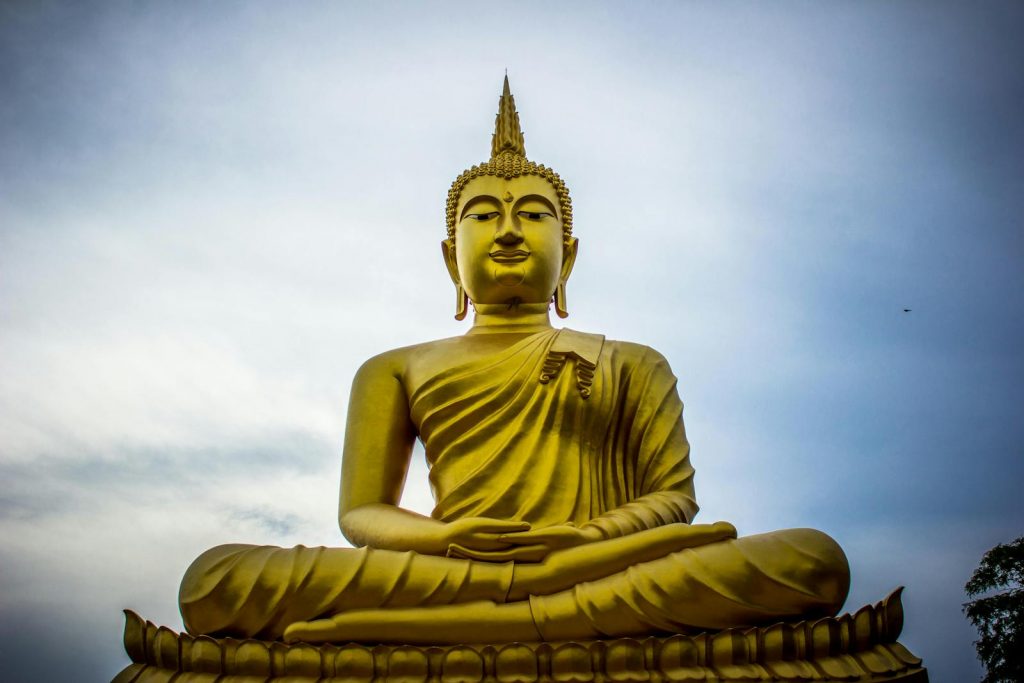Siddhartha Gautama (l. c. 563 – c. 483 BCE), commonly known as the Buddha, is pivotal in world history and spirituality. His life and teachings have left an indelible mark on the world, shaping how millions perceive existence, suffering, and the path to enlightenment. Born into luxury but ultimately renouncing his princely life, Siddhartha Gautama embarked on a spiritual quest that led him to uncover the profound truths of human existence and the nature of suffering. This article delves into the life, journey, and legacy of Siddhartha Gautama, exploring his transformation from a prince to an enlightened Buddha.
Early Life and the Path of a Prince
Siddhartha Gautama was born in Lumbini, present-day Nepal, around 563 BCE, into the royal family of the Shakya clan. His father, King Suddhodana, and mother, Queen Maya, lived in relative luxury, shielded from the hardships of the outside world. Siddhartha’s early life was characterized by comfort, luxury, and isolation from the harsh realities of existence.
As a young prince, Siddhartha was groomed to be the future ruler, shielded from the ordinary people’s suffering. His father sought to protect him from the harsh truths of life, ensuring that he lived a life of extravagance and pleasure. However, this sheltered existence ended abruptly when Siddhartha ventured outside the palace walls.

The Quest for Truth
The young prince’s encounters with aging, sickness, and death deeply unsettled him. These experiences shattered his illusion of a world untouched by suffering. Driven by an intense desire to understand the nature of human existence and the meaning of suffering, Siddhartha embarked on a quest for truth and enlightenment. At 29, he left behind his royal life, including his wife and newborn son, to seek answers.
For six years, Siddhartha wandered through the forests of Northern India, engaging in intense ascetic practices alongside other spiritual seekers. He subjected himself to extreme self-mortification, believing physical deprivation would lead him to enlightenment. Despite his efforts, he found no lasting resolution to the suffering he sought to transcend.

The Enlightenment Under the Bodhi Tree
Dissatisfied with his self-imposed hardships, Siddhartha abandoned extreme asceticism and adopted a middle path—a balanced approach to self-discovery. He sat beneath the Bodhi tree in Bodh Gaya, vowing not to rise until he attained enlightenment. There, in profound meditation, he confronted his inner demons and gained deep insights into the nature of reality.
On the night of the full moon in May, Siddhartha experienced a series of profound realizations that culminated in his enlightenment. He became the Buddha, which means “the awakened one.” The Buddha’s enlightenment consisted of understanding the Four Noble Truths: the truth of suffering, the truth of the cause of suffering, the truth of the end of suffering, and the truth of the path that leads to the end of suffering—the Eightfold Path.
Teachings and Legacy
After his enlightenment, the Buddha began to teach his insights to others, forming the basis of what is now known as Buddhism. The Buddha’s teachings emphasized the impermanence of all things, the interconnectedness of life, and the importance of compassion, mindfulness, and ethical conduct. He traveled throughout Northern India, attracting a diverse following that ranged from kings and scholars to beggars and outcasts.

The Buddha’s teachings were not confined to theoretical knowledge but were practical guidelines for living a life of wisdom and compassion. His teachings gave rise to various schools of Buddhist thought, each interpreting his words and methods uniquely. Today, Buddhism remains a global spiritual tradition, influencing countless lives and cultures worldwide.
Conclusion
The life and journey of Siddhartha Gautama, from a sheltered prince to the enlightened Buddha, is a testament to the power of human transformation and the pursuit of truth. His courage to confront suffering head-on, his relentless search for enlightenment, and his eventual awakening have left an enduring legacy that continues to inspire and guide millions of individuals on their own paths to self-discovery. Siddhartha Gautama, the Buddha, stands as a beacon of compassion, wisdom, and enlightenment, illuminating how to understand the nature of existence and the possibility of transcending suffering.
Who was the Buddha?
Read also: The Evolution of Buddhism: From Ancient Origins to Global Influence
FAQ about Siddhartha Gautama (Buddha)
Q1. Who was Siddhartha Gautama?
Answer: Siddhartha Gautama, also known as the Buddha, was a spiritual teacher and the founder of Buddhism. He was born into a royal family in Lumbini, present-day Nepal, around 563 BCE. After witnessing the world’s suffering, he renounced his princely life to seek enlightenment and understand the nature of human existence.
Q2. What is Buddha’s significance in history?
Answer: Siddhartha Gautama’s significance lies in his enlightenment and the subsequent teachings he shared with the world. His insights into the Four Noble Truths and the Eightfold Path form the foundation of Buddhism, a major world religion that has profoundly impacted cultures, philosophy, and spirituality.
Q3. What were the Four Noble Truths?
Answer: The Four Noble Truths are the fundamental principles the Buddha realized during his enlightenment. They are:
– The Truth of Suffering: All life is characterized by suffering (dukkha), which can take physical, emotional, or psychological forms.
– The Truth of the Cause of Suffering: Suffering is caused by attachment, desire, and ignorance.
– The Truth of the End of Suffering: It is possible to end suffering by letting go of attachments and desires.
– The Truth of the Path to the End of Suffering: The Eightfold Path, consisting of ethical and mental practices, leads to enlightenment and liberation from suffering.
Q4. What is the Eightfold Path?
Answer: The Eightfold Path is the practical guide to living a life that leads to the end of suffering and enlightenment. It consists of eight interconnected principles:
– Right Understanding
– Right Intention
– Right Speech
– Right Action
– Right Livelihood
– Right Effort
– Right Mindfulness
– Right Concentration
Q5. What was Buddha’s enlightenment experience?
Answer: Siddhartha Gautama achieved enlightenment after intense meditation beneath the Bodhi tree. He gained deep insights into the nature of reality, suffering, and the path to liberation. This experience marked his transformation into the Buddha, the “awakened one.”
Q6. What are some fundamental teachings of the Buddha?
Answer: The Buddha’s teachings emphasize mindfulness, compassion, and ethical conduct. He encouraged individuals to question their beliefs, understand the impermanence of all things, and cultivate inner peace through meditation. His teachings emphasize the importance of understanding and transcending suffering.
Q7. How did Buddhism spread?
Answer: After enlightenment, the Buddha traveled and taught his insights to various people. His teachings spread throughout ancient India and beyond, reaching various regions through trade, travel, and missionary efforts. Different schools of Buddhist thought emerged, leading to the development of distinct traditions.
Q8. What are some Buddhist traditions today?
Answer: Buddhism has several significant traditions, including Theravada, Mahayana, and Vajrayana. Each tradition interprets the Buddha’s teachings differently, emphasizing various aspects of practice, philosophy, and ritual.
Q9. What is the significance of the Bodhi tree?
Answer: The Bodhi tree in Bodh Gaya, India, is where Siddhartha Gautama attained enlightenment. It is considered a sacred site for Buddhists and symbolizes the place of his profound awakening and the birth of Buddhism.
Q10. What is the ultimate goal of Buddhism?
Answer: The ultimate goal of Buddhism is to attain enlightenment, perfect wisdom, compassion, and liberation from the cycle of birth, death, and rebirth (samsara). This state is known as Nirvana, representing the end of suffering and the cessation of attachment and desire.
Siddhartha Gautama’s life and teachings inspire millions worldwide, offering a profound understanding of the human experience and a path toward inner transformation and liberation from suffering.


